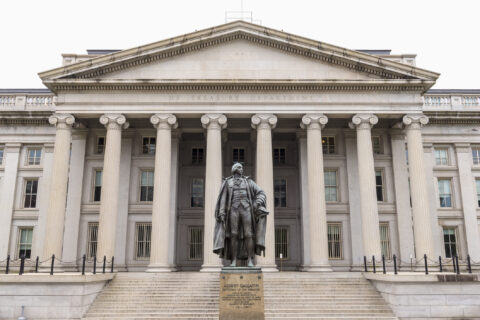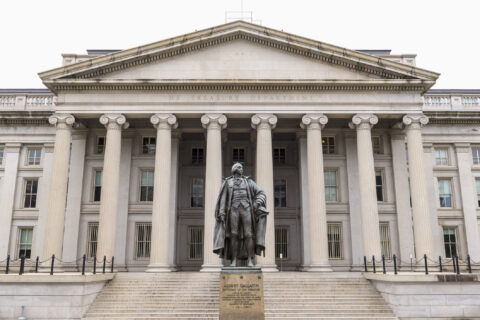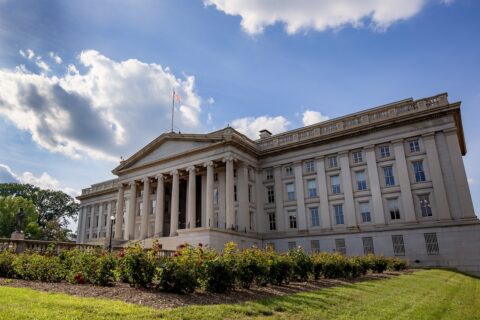The passage of the American Rescue Plan Act (ARPA) in 2021 provided a lifeline for local governments through its State and Local Fiscal Recovery Funds (SLFRF) program, which awarded every municipality a portion of $65.1 billion in funding. This June marked three years since initial disbursement and the coming months represent the home stretch for cities, towns and villages to obligate the funding they received under the SLFRF program.
ARPA regulations require local governments to return grant funding that remains unobligated beyond the December 2024 end-of-year deadline to the U.S. Department of Treasury (Treasury) — making this deadline one of the most important for cities, towns and villages. With five months left until the December 31, 2024 obligation deadline, local governments must obligate funding now or risk potential clawbacks of these funds.
The US Code of Federal Regulations defines “obligation” as “an order placed for property and services and entering into contracts, subawards and similar transactions that require payment.”
Consequently, municipalities must do more than budget their SLFRF dollars—they must allow extra time to place orders and negotiate contracts.
Of the eligible categories of spending under the program, revenue-replacement provides the highest degree of flexibility with the fewest restrictions for local governments with remaining unobligated funds. All local governments can claim up to $10 million of their ARPA SLFRF grant allocations for revenue replacement.
Although revenue replacement expenditures are well-suited for quick action to meet the obligation deadline, localities that have not yet identified projects to dedicate ARPA funds toward can explore NLC resources, such as the Local Government ARPA Investment Tracker and NLC’s three-year anniversary ARPA blog series, to see how peer communities have made use of their funding:

The Status of Obligations
Each quarter, the US Department of the Treasury (Treasury) releases updated ARPA data that provides insight into the status of municipal obligations. Tier 1 and Tier 2 recipients report quarterly, while Tier 5 recipients report annually. For this reason, Tier 5 obligations are based on the last reporting cycle for which data is available (March 31, 2023).
Based on the latest Treasury data, current through December 31, 2023, obligation figures stand as follows:
- Tier 1 recipients have obligated approximately 72.3%
- Tier 2 recipients have obligated approximately 67.6%
- Tier 5 recipients have obligated approximately 69.8% (as of March 31, 2023)

These numbers represent a welcome increase from the prior quarter, when Tier 1 and Tier 2 obligations stood at approximately 68% and 63%, respectively. However, obligations will need to increase at a pace greater than 4% per quarter if cities are to meet the December 31, 2024 deadline to use all the funds allocated to them.
Key Considerations
As localities prepare to meet the upcoming deadline, they can keep in mind the following key considerations (some of which were outlined previously by NLC):
- Recipients should have a plan on how they will obligate funds by the deadline and report their obligations to the Treasury.
- The definition of obligation is not only budgeting money but also taking steps to create a contract, sub-award, or similar transaction that requires payment. Consider the time it takes to negotiate and execute a contract when planning to meet the obligation deadline.
- Calendar year budgeters should examine their budgets to ensure they are including their SLFRF dollars in their calculations. This could be done by claiming lost revenue and using the money on government services.
- Remind your colleagues in neighboring or other local jurisdictions about the deadline. With over 19,000 municipal government-eligible grantees, the Treasury’s resources for direct outreach to individual municipalities may be limited.
- All municipalities should have a designated single point of contact for communication with grant administrators at the Treasury. This is especially relevant for municipalities that have experienced staffing or elected turnover since the program began. If you are unsure, you can email the contact information for your municipality’s point of contact to SLFRF@treasury.gov.










